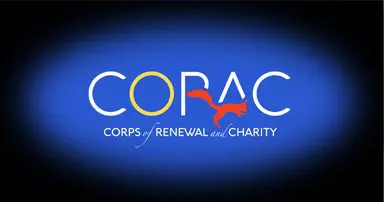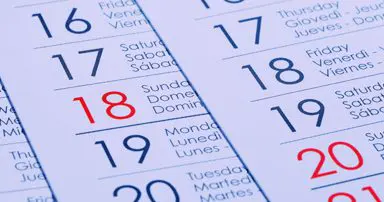This mentor outline is meant to be used when meeting with a prospective homeschooling family for the first time. The outline is laid out to walk the family through the basics of getting a home school started that fits their family style or in paraphrasing the words of St. John Paul II,“Be the family you are meant to be.”
The first step is to know the goal of homeschooling for that family. The second step is to help the family to find their educational style. It is important to remember that not all families are alike, and that your style may not be their style–that is alright. If you as the mentor struggle with doing things a certain way, remember the above, each family has to be the family God wants them to be, not the way we want them.
In the second step, the five most common styles of homeschooling are listed with a short explanation, where to access more information on that particular style, and curriculum that fits that style of education. For families that do not know their style of education, it is recommended to check out the websites and order catalogs from the curriculum providers. The catalogs are great resources that can be marked up with notes.
If a family has a high school student, then the third step is to discuss high school. This is a time of transitioning into adulthood, so the mentor will assist the family in laying out the responsibilities of the student and then creating a plan. Since the plan for high school education can go any direction and this is a time of transition, it is important for a student t narrow what their interests are. From there, help the student identify his career/vocational goals. Once that is established, then the final step is deciding on the subjects (classes) to be studied.
1) Goal – What is the goal?
Each family writes their own goal statement.
Ex. “Our goal is raising faithful Catholics that are disciplined and self-motivated, can analytically think through what they read or situations presented to them, and most importantly,
2) What is the family’s education style?
a. Charlotte Mason – Belief that the child is a person that must be educated as a whole, not just his mind. “Education is an Atmosphere, a Discipline, a Life.”
i. Information
1. Atmosphere – child absorbs from his environment
2. Discipline – cultivating good habits and discipline
3. Life – give living thoughts and ideas not just dry facts
ii. More Information
iii. Curriculum Options
b. Classical – Based on Grammar, Logic, & Rhetoric
i. Information
1. Grammar – Learning facts, memorization, & knowledge gathering
2. Logic – reasoning & logic applied to facts, memorization, and knowledge
3. Rhetoric – learn skills of wisdom & judgement
iii. Curriculum Options
7. Classically Catholic Memory >
8. Rolling Acres/Schola Rosa >
10. Tan Academy >
c. Eclectic – Combo of Styles
i. Information – individualized education method resulting from mixing and matching a variety of homeschooling resources
ii. More Information >
iii. Curriculum Options (see other styles also)
d. Montessori – Based on children learn by doing, child-led learning
i. More Information
e. Traditional – using similar methods to those used in public or private schools
i. Curriculum
1. Catholic Heritage Curricula >
2. Our Lady of the Rosary School >
3) Highschool
a. Student Responsibilities
i. Important that each student has a say in his/her education.
ii. Emphasis that homeschooling high school is a lot of independent study and the student needs to be responsible and take initiative.
b. Lay Out Plan
i. What does student want to do? (This can and usually will change over time.)
1. Career Choice / Vocation
2. Interests
3. Hobbies
ii. Job/School Choice
1. Straight to a Job
2. Tech/Trade School
3. 4-year College or Beyond
a. Vocation to Priesthood or Religious Life
b. Career
4. Research Job/Career Requirements
5. Research the requirements of school and state.
iii. Decide on Classes
a. Mathematics
b. English/Language Arts
c. Religion
d. Social Studies
e. Science
f. Electives
i. Art
ii. Music
iii. Other Electives: Endless possibilities!
iv. Resources:

























0 Comments